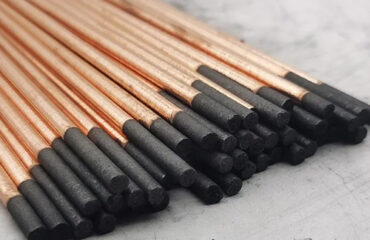“The knowledge is at the core of carbon material science,” said Walker, “from the precursor of organic matter, through heat treatment to convert the former into a carbon solid with controllable microcrystalline arrangement.” It is the carbon-solid structure of a particular material that is produced after carbonization that determines the physical and chemical properties of carbon materials and their application directions. The above shows the importance of carbonization process.
Carbonization mechanism is divided into gas phase carbonization, liquid phase carbonization and solid phase carbonization according to the phase of carbonization. IBM ThinkPad T43 Battery in which the liquid phase carbonization is mainly related to the formation of intermediate phase carbon beads, and solid-state carbonation is mainly related to the pyrolysis of the following polymers. However, the development of gas phase carbonization has undergone a long time, and the following is a simple explanation for the carbonization mechanism of hydrocarbon pyrolysis over phase.
From the beginning of 20th century to the mid 1930s, the oil and fuel chemical industry showed a growing demand for gasoline, kerosene, gas and unsaturated hydrocarbons such as ethylene and acetylene (the latter being raw materials for the production of organic synthetic materials such as acetic acid, formaldehyde, acetaldehyde, etc.), which led to the study of high-temperature gas-phase pyrolysis. Although at the time, it was thought that the surface carbon film associated with high temperature gas transformation of hydrocarbons was a useless byproduct, it attracted many subjects to study the formation mechanism of the carbon material, in order to create conditions to inhibit its generation.
The proposed mechanism includes: surface direct decomposition mechanism, droplet theory. In the the 1950s, Gliesdel’s droplet theory dominated Western academia, with the DELL Vostro 1500 battery in Russia dominated by Daisniel surface direct decomposition.
Unify the above 2 kinds of surface contradictory viewpoints to become the unified theory that the gas phase pyrolysis leads to produce various subtypes of broken materials was completed by Ginnie of Pennsylvania State University. He systematically worked on the kinetics and mechanism of gas-phase pyrolysis reaction of hydrocarbons in the 1950s, and reported several subtypes of gaseous carbon materials in a papers of the Third International Conference on Carbon Materials (1957). That is, surface carbon material film, light gray metallic luster 〈i Type carbon material), thick carbon material film (type II carbon material), sponge-like carbon material, black-brown (melon type carbon material), carbon black (Chinese type carbon material). I-type carbon material is mainly generated when benzene is passed through the reaction tube at a low concentration of 900 1400 degrees. When the concentration of reactant is increased, the film which starts to produce the rough surface gradually converts to the feather in the gas phase as the reaction time lengthens, the reverse |: The HP presario CQ40 battery should increase the time further so that the carbon material film finally becomes the thick carbon material film. In the downstream of the same reactor, there is a sponge-like carbon material, and finally, a carbon black deposition is deposited at the outlet of the airflow. He speculated on the formation mechanism of 4 kinds of carbon materials: The thin carbon material film is a mixture of gas and pure surface pyrolysis process, which is adsorbed on the surface and is formed by dehydrogenation polymerization of the reactant directly under the condition of completely excluding gas-phase reaction. The sponge carbon is eventually carbonized due to deeper carbonation droplets in the gas phase and downstream of the reactor. Carbon Black is a pure gas phase generated droplets in the gas phase absorption of gas polycyclic aromatic hydrocarbons (the initial phase of gas pyrolysis of reactants) and grow up and eventually in the gas phase alone carbonation

